Remarkable results
At the meeting of the Standing Committee of the Central Steering Committee on the review of the implementation of Resolution 57, Mr. Vo Thanh Hung, Deputy Head of the Central Party Office, informed: Institutional, mechanism and policy bottlenecks have been removed; financial resources have been allocated adequately; infrastructure, data and human resources have been strengthened; development momentum is spreading in society. The third quarter of 2025 is a period of strong transformation from institutional improvement and planning to implementation and creating concrete results with many practical applications, improving the effectiveness of national governance, promoting socio-economic development. The contribution of science and technology, innovation and digital transformation to GDP is about 16%.
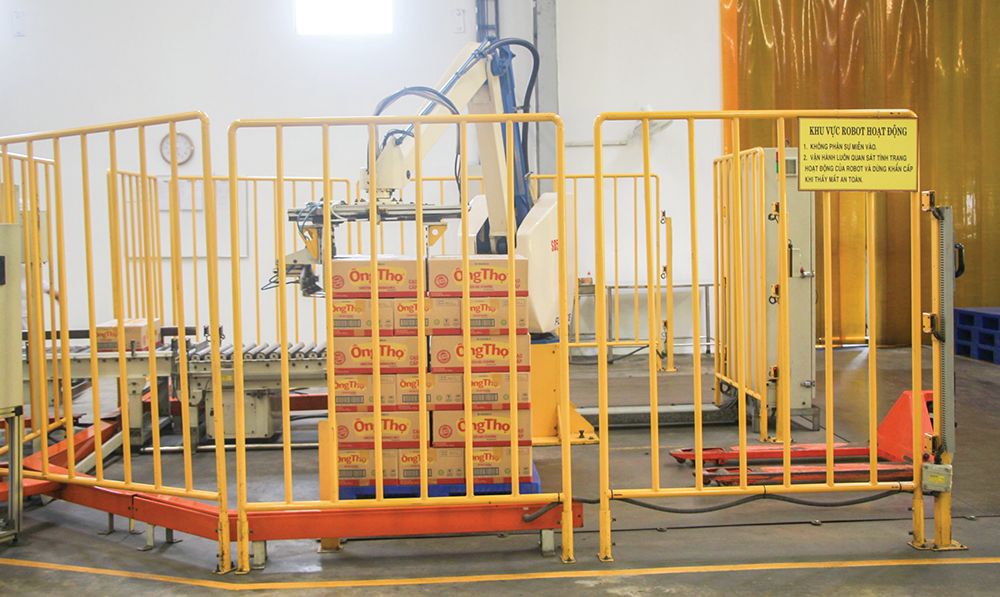
Robot application in production activities at Can Tho Milk Factory (Vietnam Dairy Products Joint Stock Company - Vinamilk ).
Providing online public services for the two-level government is in the right direction, bringing benefits to the people, businesses and state agencies. Specifically, for the local level, 4,800 billion VND was saved; the central level saved 840 billion VND. Regarding the development of science and technology and innovation, the Government has approved 11 strategic technologies and assigned tasks to ministries and agencies to implement.
In general, Vietnam has initially formed the capacity for technological autonomy in a number of key areas. In particular, a number of strategic technology products have been commercialized such as Kiki of VNG Corporation; AI Camera of Hanet, VConnex and CMC ; 5G technology of Viettel; STEM Robot of DTT Company; virtual assistant for public administration of VNPT.
Regarding the operation of the National Innovation Portal, 320 products and solutions are being evaluated, 104 products are being announced, hundreds of new initiatives and proposals are being received, contributing to supporting businesses, scientists, startups, and research organizations in promoting results, finding partners, and expanding the possibility of commercializing products. In the first 9 months of 2025, international cooperation in science and technology, innovation, and digital transformation will be elevated to a priority pillar in bilateral relations with many strategic partners. Vietnam has organized 20 high-level visits and events; political commitments have been materialized through nearly 40 new cooperation agreements signed with important partners.
Mobilizing total strength
According to the Central Steering Committee, the implementation of Resolution 57 can be achieved better if the heads of agencies and units further promote their role as chair and direct leader, ensuring continuous and close implementation, and promptly removing bottlenecks. Core issues of infrastructure, human resources, and strategic technology need to be focused on, invested in resources, and developed more strongly to ensure national strategic autonomy.
Mr. Vo Thanh Hung proposed the 3-house cooperation model as the main implementation method to mobilize the overall strength of the ecosystem, with the core being experts and scientists. Accordingly, this model is concretized by a public-private partnership mechanism and flexible capital matching. In which, with technologies with high market potential and of interest to businesses, businesses play the main investment role (at least 50%), while the State supports through incentives, technological innovation, market development and funding for schools/institutes to cooperate in research, to promote commercialization and expand technology application. With the remaining technologies, State funding plays the leading role, funding cooperation between schools and businesses to master strategic, potential but high-risk technologies; businesses contribute at least 20% of matching funds, orienting applications and preparing the foundation for future cutting-edge technologies.
From a business perspective, Mr. Nguyen Trong Khang, Founder and Chairman of the Board of Directors of MK Group (MK Group), said: Starting as a small business in the field of smart cards and security established in 1999, MK Group now owns and operates 6 high-tech factories in Vietnam, Brazil and Ethiopia, specializing in the production of smart cards, security devices, AI Cameras and high-tech solutions. MK Group also determined that for a technology enterprise to go the long way and create sustainable value, it cannot rely on just one product or one field. MK Group has chosen a development direction based on three strategic technology pillars, both linked to its strengths and in line with the digital transformation trend and national requirements. The three pillars are digital security - Smart Digital Security, artificial intelligence and Robotics (focusing on automation) - AI and Robotics, defense industry - Defense Industry Technology.
“These three pillars complement and inherit each other, forming a comprehensive value chain from security - artificial intelligence - defense. This is a unified technology ecosystem that helps MK Group proactively innovate and expand its solution products, contributing to the national technology autonomy strategy and “exporting digital technology” to the international market,” said Mr. Nguyen Trong Khang.
Concluding the meeting, General Secretary To Lam requested ministries, branches and localities to continue perfecting mechanisms and policies, removing bottlenecks in institutions, resources and human resources; promoting investment in core technologies, especially artificial intelligence, semiconductors, new energy, and cyber security, considering enterprises as the center, and the state as the creator and leader.
The General Secretary emphasized that it is necessary to firmly implement the new operating principle of discipline first, resources go together, and results are the measure. This is the guiding principle for all actions. Resources must be fully ensured, distributed correctly, accurately, quickly, and effectively, avoiding spreading and waste; results must be measured and quantifiable. Along with that, creating an ecosystem, unleashing strong social resources, taking science, technology, innovation and digital transformation as the main driving force to create productivity, with new, high-quality production methods, focusing on data economy and digital economy. Taking the satisfaction and trust of people and businesses as the measure; must resolutely and comprehensively digitize the process of handling public administrative procedures in a one-stop shop, one-time declaration on an interconnected data platform.
Article and photos: MY THANH
Source: https://baocantho.com.vn/xac-lap-mo-hinh-tang-truong-moi-dua-tren-khoa-hoc-cong-nghe-doi-moi-sang-tao-va-chuyen-doi-so-a192922.html




![[Photo] General Secretary To Lam meets with General Secretary and President of Laos Thongloun Sisoulith](https://vphoto.vietnam.vn/thumb/1200x675/vietnam/resource/IMAGE/2025/10/25/1761380913135_a1-bnd-4751-1374-7632-jpg.webp)

![[Photo] Prime Minister Pham Minh Chinh receives United Nations Secretary-General Antonio Guterres](https://vphoto.vietnam.vn/thumb/1200x675/vietnam/resource/IMAGE/2025/10/25/1761390212729_dsc-1484-jpg.webp)



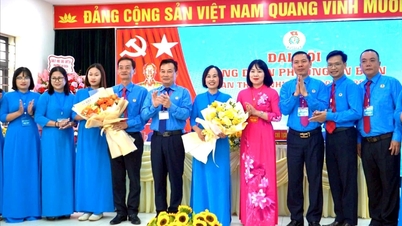

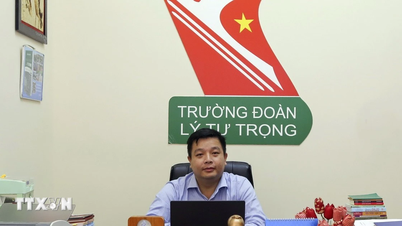

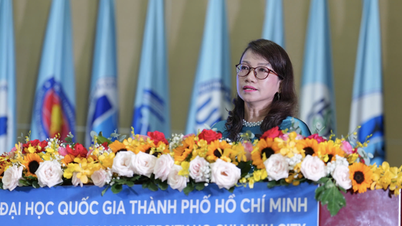



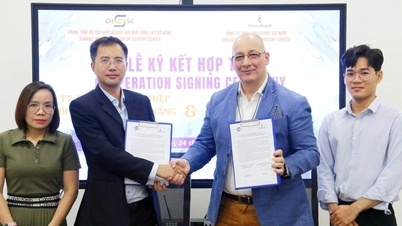











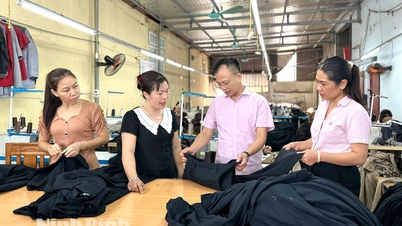





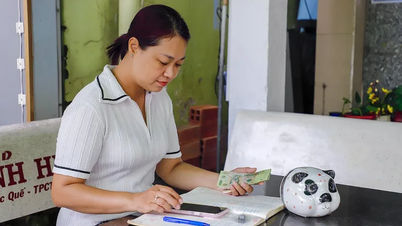
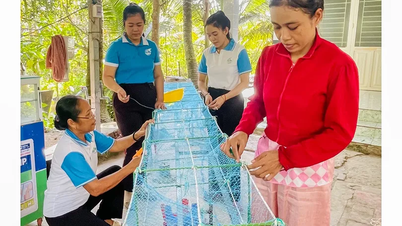


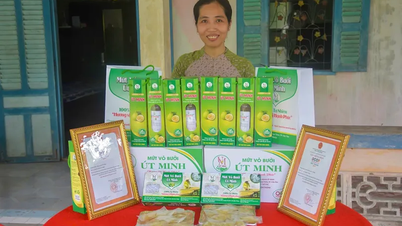

![[Photo] President Luong Cuong receives heads of delegations attending the signing ceremony of the Hanoi Convention](https://vphoto.vietnam.vn/thumb/1200x675/vietnam/resource/IMAGE/2025/10/25/1761377309951_ndo_br_1-7006-jpg.webp)
![[Photo] President Luong Cuong and United Nations Secretary-General Antonio Guterres chaired the signing ceremony of the Hanoi Convention.](https://vphoto.vietnam.vn/thumb/1200x675/vietnam/resource/IMAGE/2025/10/25/1761370409249_ndo_br_1-1794-jpg.webp)





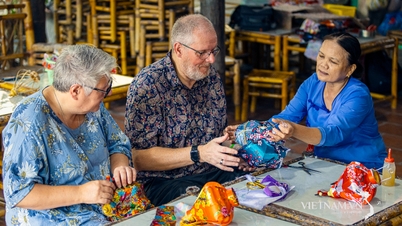

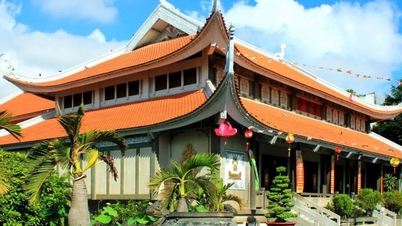




























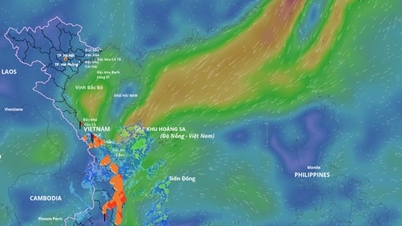






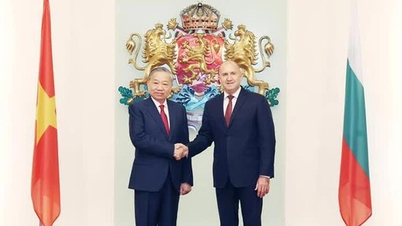

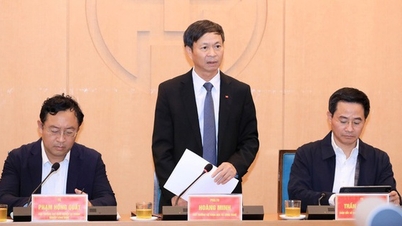
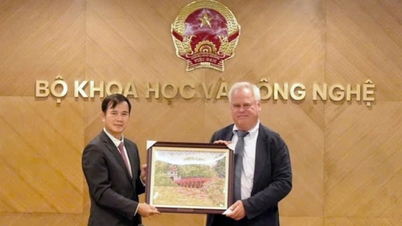
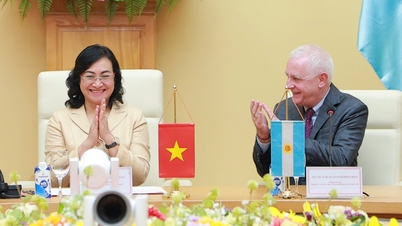

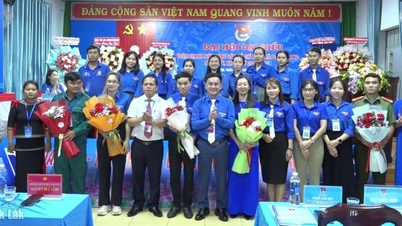
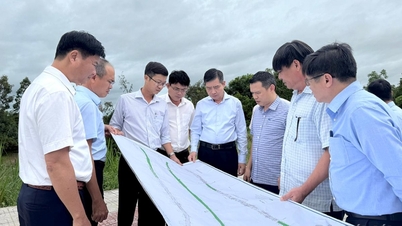
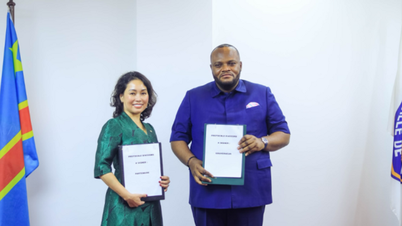





















Comment (0)